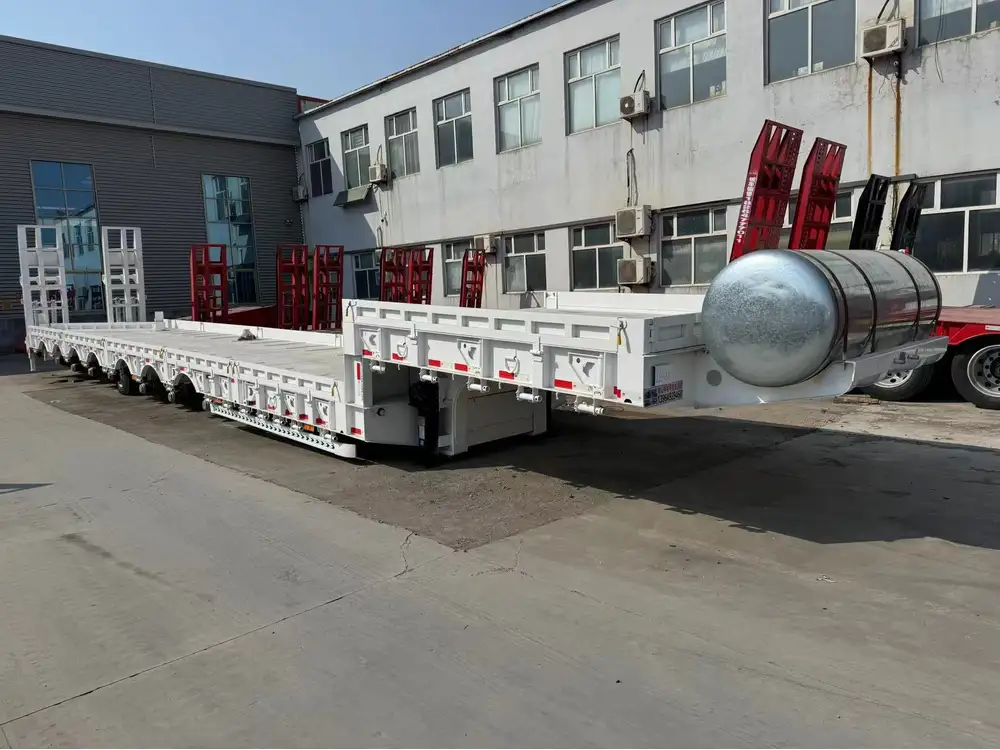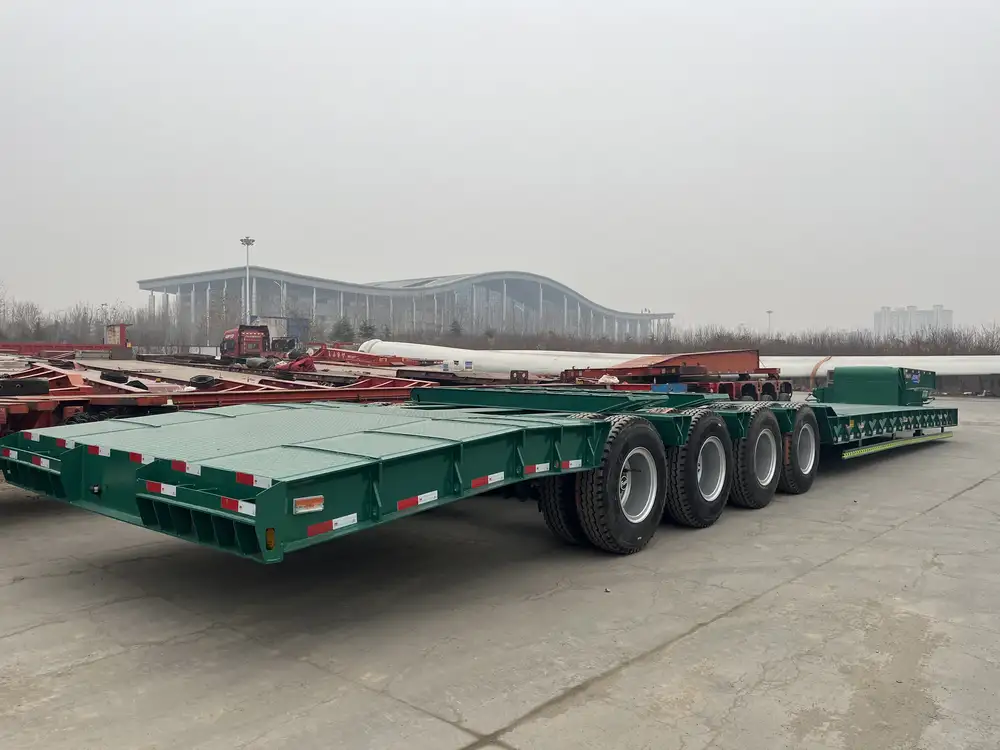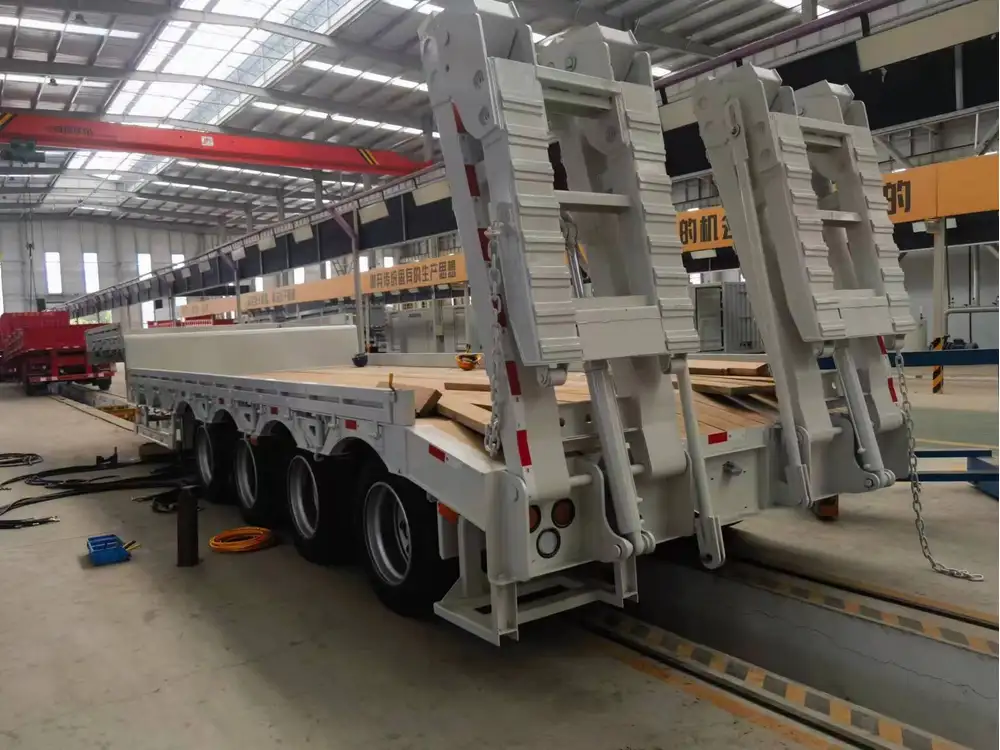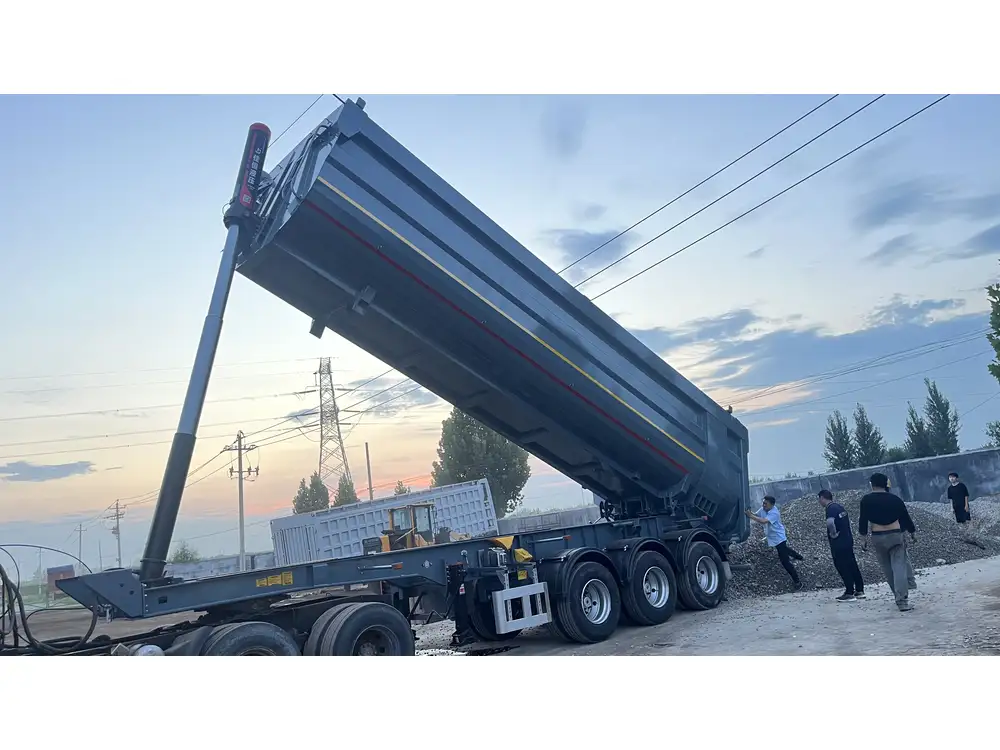Changing the airbag on a semi-trailer is a critical task that impacts both the safety and performance of your truck. With many semi-trailers relying on air suspension systems for a smooth ride and optimal load management, understanding the intricacies of airbag replacement is essential for any operator or fleet manager. Let’s delve deep into the step-by-step process, key considerations, and tips to ensure you’ll perform this task with confidence and precision.
Understanding the Airbag System in Semi-Trailers
Air suspension systems utilize airbags to support the trailer’s weight by absorbing shock from the road surface and maintaining a comfortable ride. The airbag’s primary role is to provide efficient load distribution and improve overall stability. Should any issues arise with the airbag, it could lead to uneven wear on tires, reduced braking efficiency, and potential mishaps on the road.
Importance of Regular Maintenance
Maintaining the air suspension system is crucial for a semi-trailer’s longevity. Regular inspections and timely replacements can prevent larger, more expensive problems down the road. Typical indicators of airbag failure include abnormal noises, uneven tire wear, and the vehicle leaning to one side.

Tools and Materials Needed
Before starting the replacement process, gather all necessary tools and materials.
Required Tools:
- Wrenches and Sockets: Standard and metric sizes.
- Air Line Cutter: For disconnecting old air lines.
- Torque Wrench: To ensure proper tightening of bolts.
- Jack and Jack Stands: To elevate the trailer safely.
- Pliers: To remove clips or fasteners.
- Digital Tire Pressure Gauge: For checking air pressure in the airbags.
Required Materials:
- New Airbags: Choose high-quality replacements that meet specifications.
- Thread Sealant: To secure fittings and prevent leaks.
- Replacement Air Lines: If existing ones show significant wear.
| Tool/Material | Purpose |
|---|---|
| Wrenches and Sockets | Fastening and loosening bolts |
| Air Line Cutter | Cutting and disconnecting air lines |
| Torque Wrench | Ensuring correct torque specifications |
| Jack and Jack Stands | Safely elevating the trailer |
| Digital Tire Pressure Gauge | Checking air pressure |

Step-by-Step Guide to Changing an Airbag
Step 1: Safety First
Before beginning the replacement, safety cannot be overstressed. Ensure that:
- The semi-trailer is parked on a flat surface.
- The parking brake is engaged.
- Warning triangles or safety cones are set up to alert others.
Step 2: Elevate the Trailer
- Position the Jack: Place the jack under the trailer’s axle, ensuring it is secure.
- Raise the Trailer: Lift the trailer to the desired height and insert jack stands for additional support.

Step 3: Remove the Old Airbag
Deflate the Airbag: Locate the air lines attached to the airbag and remove them using the air line cutter. Ensure all air is released from the bag.
Disconnect the Mounting Bolts: Use a wrench to remove the bolts that secure the airbag to the suspension bracket. Retain these bolts for the new airbag installation.
Remove the Airbag: Carefully take out the old airbag from its mounting position. Inspect other components like brackets and air lines for damage or wear.
Step 4: Prepare for the New Airbag
Clean the Area: Remove any debris, dirt, or old sealant from the mounting area to ensure a clean fit for the new airbag.
Inspect Components: Check the suspension bracket and other related parts for wear and tear and replace them if necessary.
Step 5: Install the New Airbag
Position the New Airbag: Align the new airbag in its designated position. Ensure it fits snugly against the suspension bracket.
Install Mounting Bolts: Attach the airbag using the previously removed bolts. Hand-tighten them initially, then use a torque wrench to tighten to the manufacturer’s specifications.
Connect Air Lines: Reconnect the air lines to the airbag. Ensure they are firmly attached and utilize thread sealant for a secure, leak-free fit.

Step 6: Testing the Airbag
Lower the Trailer: Carefully remove the jack stands and lower the trailer onto the new airbag.
Reinflate the Airbag: Turn on the air compressor and inflate the airbag to the prescribed pressure. Use a digital tire pressure gauge to ensure accuracy.
Check for Leaks: Once inflated, inspect the connections for any air leaks. Soapy water solution can be applied to check for bubbling, indicating a leak.
Final Steps: Finish Up
Recheck Operations: Take the semi-trailer for a short test drive to ensure proper functioning of the air suspension and check for noise or abnormal behavior.
Dispose of old airbags: Follow local regulations for disposal to ensure eco-friendly practices.
Common Issues During Installation

Misalignment of the Airbag
If the airbag doesn’t sit correctly, it could cause premature wear. Ensure the airbag is evenly aligned during installation.
Air Leaks
Inspecting for leaks is critical. If you notice the airbag losing pressure, re-check fittings and connections.
Uneven Inflation
This might indicate issues within the air suspension system itself, such as problems with the compressor or a blockage in the air lines.

Frequently Asked Questions (FAQs)
How often should I change the airbags on my semi-trailer?
Airbags should be inspected regularly and replaced every 3 to 6 years, depending on usage conditions and the manufacturer’s recommendations.
Can I replace an airbag myself?
Yes, with the right tools and following proper instructions, replacing an airbag can be done independently. However, if unsure, consult a professional.

What are the signs of a failing airbag?
Signs include unusual noises, trailer leaning to one side, air leaks, or reduced ride quality.
Are all airbags the same?
No, ensure that the replacement airbags match the specifications of your semi-trailer’s original equipment.
Conclusion
Changing the airbag on a semi-trailer is a vital maintenance task that ensures safety and efficiency on the road. Armed with the right tools, knowledge, and a structured approach, operators can efficiently replace airbags while minimizing downtime. Prioritize safety throughout the process, monitor for signs of wear systematically, and maintain a regular schedule of inspections. Remember, a well-maintained air suspension system is crucial not just for the vehicle’s performance but also for the safety of all road users.
By committing to best practices and staying informed about your trailer’s air suspension systems, you will ensure reliable operations and extend the life of your semi-trailer.



